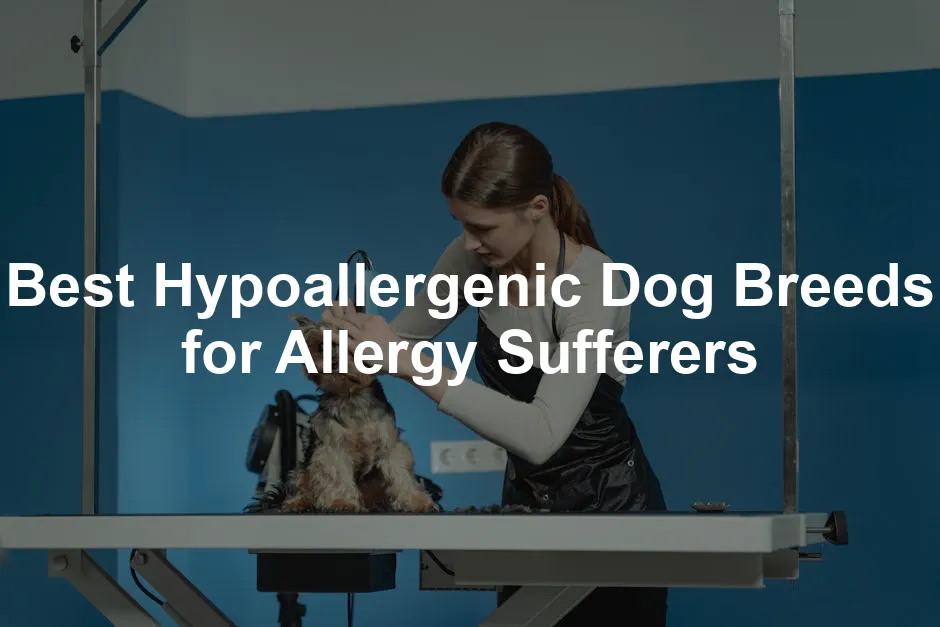Introduction
If you’re yearning for a furry companion but suffer from allergies, you’re not alone! Approximately 10% to 20% of people experience pet allergies, making the quest for hypoallergenic dogs a popular topic. Hypoallergenic dog breeds are specially bred to produce fewer allergens, making them more suitable for allergy sufferers.
But let’s clear the air: no dog is completely hypoallergenic. Even the most allergy-friendly breeds can still trigger sneezes or sniffles. However, certain breeds are known to produce less dander, saliva, and urine, which are the primary culprits behind allergic reactions. This article aims to explore the best hypoallergenic dog breeds and provide helpful tips for managing your allergies while bringing home a beloved canine friend.
So, buckle up! We’re diving into the realm of fluff without the sneeze.
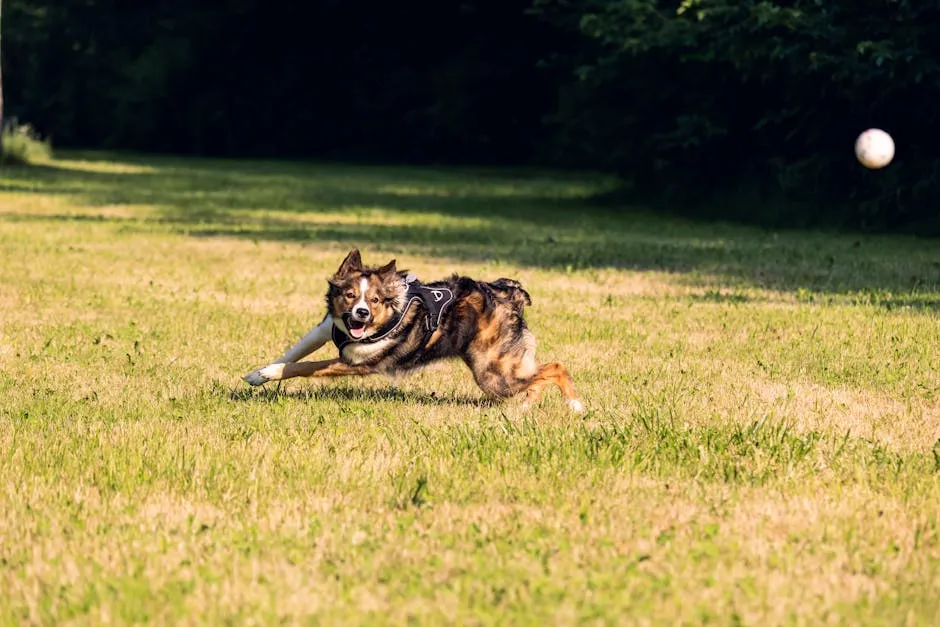
Understanding Allergies and Dogs
What does “hypoallergenic” mean? Simply put, it refers to breeds believed to produce fewer allergens. But here’s the kicker: no dog is 100% hypoallergenic. Allergy sufferers react primarily to proteins found in dog dander, saliva, and urine. These proteins can trigger reactions such as sneezing, itching, and congestion.
The most common allergens are microscopic flakes of skin, which are known as dander. Additionally, saliva and urine can also cause allergic reactions, especially when they dry and become airborne. That’s right— even hairless breeds can still pack an allergenic punch!
Low-shedding breeds are often touted as “hypoallergenic.” These dogs typically have hair instead of fur, which means less dander floats around your home. For example, breeds like Poodles and Bichon Frises have curly coats that trap dander more effectively than breeds with traditional fur. If you’re interested in learning more about the best hypoallergenic dog breeds for allergy sufferers, this article covers essential details.
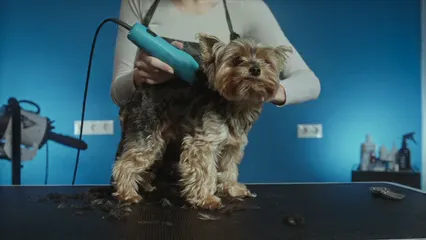
To help keep your home clean and free from allergens, investing in an Air Purifier with HEPA Filter can work wonders. It effectively captures pet dander and other allergens, making your home a safer haven for you and your furry friend.
Discovering the best hypoallergenic dog breeds can help allergy sufferers find suitable companions. Best hypoallergenic dog breeds for allergy sufferers
According to the Asthma and Allergy Foundation of America, nearly 10% of the population experiences allergic reactions to pets. Studies indicate that regular grooming and cleaning can significantly reduce allergens in the home environment.
For those with allergies, selecting the right breed is crucial. Remember, while hypoallergenic breeds may help, spending time with a dog before making a commitment can be a game-changer.

Tips for Managing Allergies
Grooming and Maintenance
Managing allergies while enjoying the company of a furry friend requires a solid grooming routine. Regular grooming is crucial. It helps minimize allergens like dander and saliva that can trigger reactions. Bathing your dog at least once a month will keep their coat clean and reduce the amount of dander in your home. For hypoallergenic breeds, consider a grooming schedule that includes brushing every week. This not only removes loose hair but also helps in distributing natural oils, keeping their coat healthy.
For breeds like Poodles and Bichon Frises, regular clipping is essential. These breeds tend to grow hair continuously, so regular visits to a groomer are beneficial. Additionally, using specific shampoos designed for sensitive skin can help reduce allergens. Keeping your dog’s nails trimmed also prevents scratching, which can lead to skin irritations and dander release. It’s a win-win!
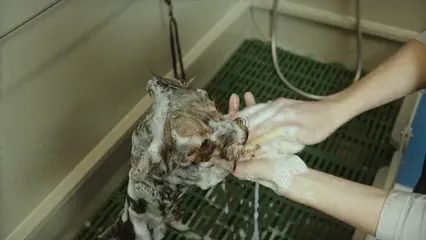
Speaking of grooming, Dog Shampoo for Sensitive Skin is a must-have for keeping your furry friend clean without triggering your allergies. This gentle formula will keep their coat fresh while being kind to their skin.
Home Environment
Creating a clean home environment is vital for allergy management. Start with regular vacuuming. Use a vacuum equipped with a HEPA filter to capture those pesky allergens. Dusting frequently will also help. Consider removing carpets and opting for hard flooring instead, as carpets tend to trap dander. If possible, designate certain areas, like your bedroom, as dog-free zones. This minimizes your exposure to allergens while you sleep.
Air purifiers can work wonders, too. Look for models that filter out pet dander and other allergens. They can significantly improve air quality and reduce allergy symptoms. Wash your dog’s bedding weekly to eliminate accumulated dander and hair. For those particularly sensitive to allergens, consider using washable slipcovers on furniture that can be easily cleaned.
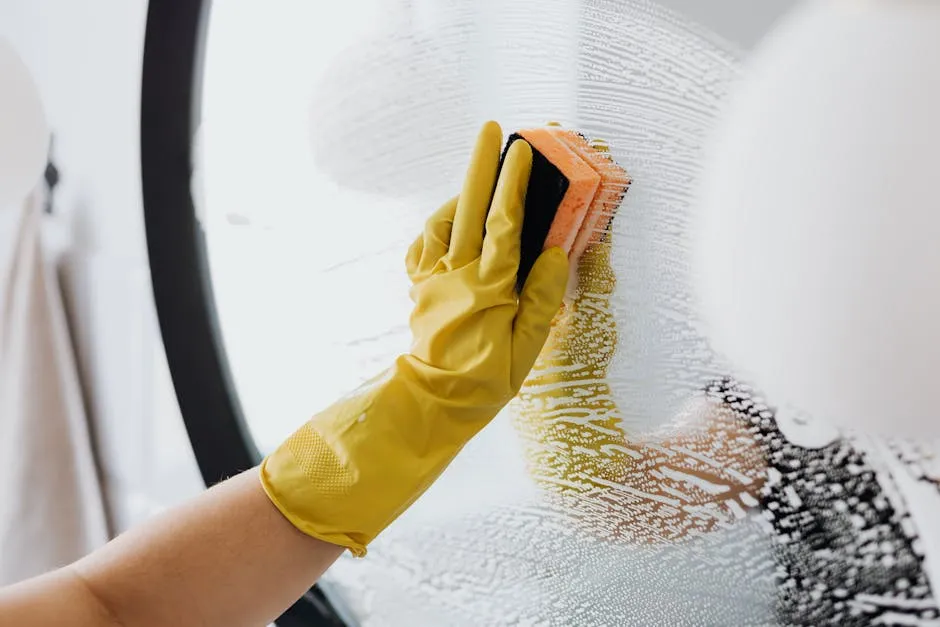
And while you’re at it, don’t forget to have a handy Pet Hair Remover Roller at your disposal. It’s a lifesaver for keeping your clothes and furniture hair-free, allowing you to enjoy your furry friend without the aftermath of shedding!
Health Consultations
Before bringing a furry companion into your home, it’s wise to consult with an allergist. They can provide valuable insights into your specific allergies. They may recommend a skin prick test to identify the triggers. Understanding your allergy profile helps in selecting the right dog breed that best suits your needs.
Discuss potential allergy management plans with your doctor. This could include medications or immunotherapy options. Having a plan in place allows you to enjoy your dog without constant worry. Taking these proactive steps can ensure a harmonious home for both you and your new best friend.
With thoughtful management of grooming, home environment, and health consultations, you can minimize allergic reactions and enjoy the companionship of a beloved dog. After all, laughter and love are the best remedies!

Portuguese Water Dog
The Portuguese Water Dog hails from the rugged coast of Portugal. Originally, these dogs assisted fishermen by herding fish and retrieving gear. Their athleticism and intelligence make them a fantastic choice for active owners.
These dogs are known for their friendly and loyal nature. They bond closely with their families and enjoy being part of the action. Portuguese Water Dogs are also quite trainable, which is a bonus for first-time pet owners.
Exercise is essential for this breed. They thrive on daily vigorous activities, such as swimming or running. A long walk or a game of fetch will keep them happy. Grooming requires regular brushing to keep their curly coat in check. Due to their water-resistant fur, bathing every few months is enough. Potential health issues include hip dysplasia and eye disorders, so regular vet check-ups are crucial.
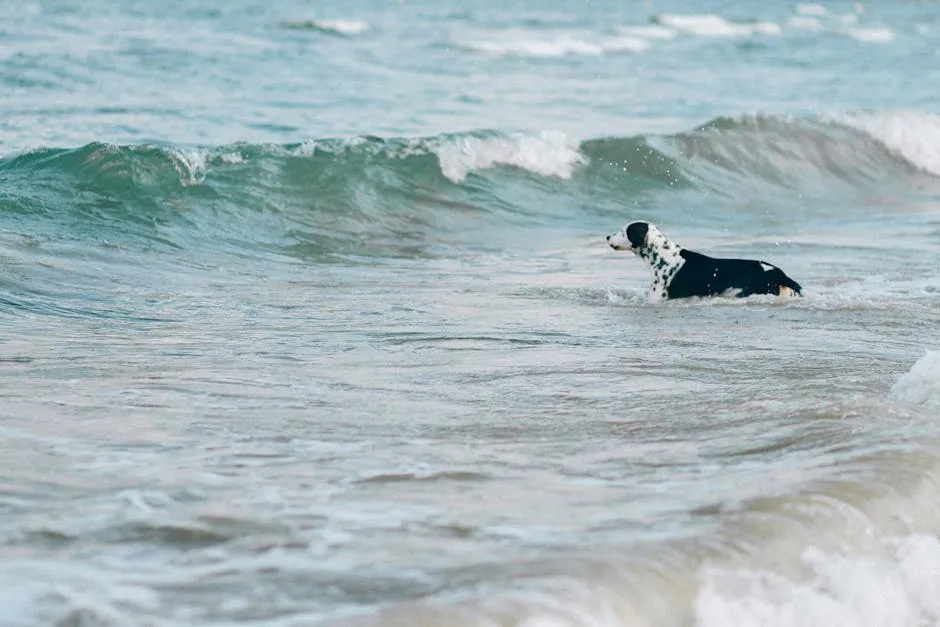
Looking for a great way to keep your dog hydrated on those long walks? Check out this Portable Water Bottle for Dogs. It’s perfect for keeping your pup refreshed during outdoor adventures!
Chinese Crested
The Chinese Crested dog is as unique as its name suggests. This breed comes in two varieties: hairless and powderpuff. The hairless version has hair only on its head, feet, and tail. Bred for companionship, these dogs are playful and affectionate.
Chinese Cresteds are known for their lively spirits and intelligence. They love to be around people and thrive on attention. Though they enjoy playtime, they don’t require excessive exercise. A couple of short walks and some indoor playtime will suffice.
Grooming needs vary by the type. The hairless variety requires regular skin care to prevent irritation. The powderpuff, on the other hand, needs brushing a few times a week to avoid mats. Health issues may arise, including dental problems and skin conditions. Regular check-ups can keep them in top shape.
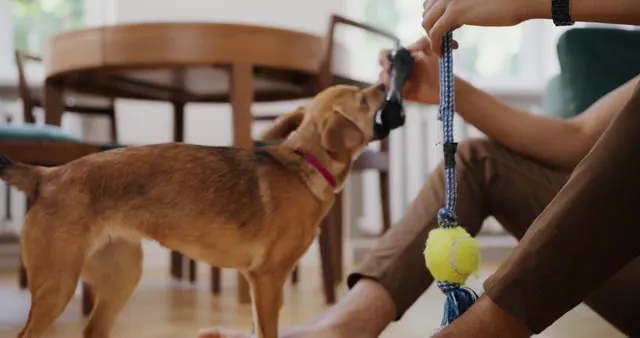
Irish Water Spaniel
The Irish Water Spaniel is a clever breed, known for its curly, water-repellent coat. Originating from Ireland, they were originally used for hunting and retrieving in water. This breed is often described as the “clown” of the spaniel family due to its playful and spirited nature.
Irish Water Spaniels are confident and friendly. They are also very loyal, making them great family pets. Daily exercise is a must, and they enjoy activities like swimming, running, or playing fetch.
Grooming is essential, as their curly coat can mat easily. Brushing every few weeks and occasional baths keep them clean. Watch for ear infections, hip dysplasia, and skin issues, which can occur in this breed. Regular vet visits will help maintain their health.
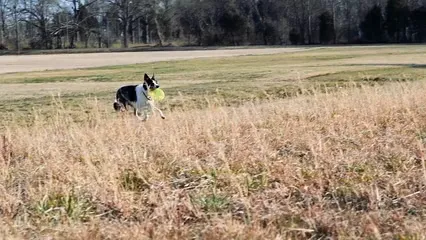
American Hairless Terrier
The American Hairless Terrier is a fun, energetic breed that originated in the United States. A product of a natural mutation, this dog is completely hairless, making it ideal for allergy sufferers. Their playful energy and affectionate nature make them great companions.
These dogs are lively and require regular exercise. A couple of walks and playtime will keep them stimulated and happy. This breed is also known for being intelligent and trainable, which makes training sessions enjoyable.
Grooming needs are minimal due to their lack of fur. However, they do require regular bathing to maintain skin health. Sun protection is essential, as their skin is exposed. Common health issues include skin irritations and allergies, so it’s wise to keep an eye on their skin condition.

Lagotto Romagnolo
The Lagotto Romagnolo is a charming breed from Italy, known for its truffle-hunting skills. This medium-sized dog has a curly coat that is both hypoallergenic and water-resistant. They are affectionate and great companions for families.
Lagottos are energetic and require plenty of exercise. Daily walks and playtime are necessary to keep them happy. Their intelligence makes them easy to train, and they thrive on mental challenges.
Grooming involves regular brushing to prevent mats and tangles in their curly coat. Occasional baths help maintain their coat’s cleanliness. Potential health issues include hip dysplasia and ear infections, so regular vet visits are essential to keep them healthy.

Afghan Hound
The Afghan Hound is known for its stunning appearance and graceful demeanor. Originating from the mountainous regions of Afghanistan, these dogs were originally bred for hunting. Their long, flowing coat is a sight to behold, but it requires commitment.
Afghan Hounds are independent and dignified. They often display a playful side, especially with their families. Regular exercise is crucial, as they enjoy running and exploring outdoors.
Grooming is extensive due to their long hair. Regular brushing is necessary to prevent mats and tangles. Baths should be frequent to keep their coat clean and healthy. Potential health issues include hip dysplasia and eye problems, so monitoring their health is essential.
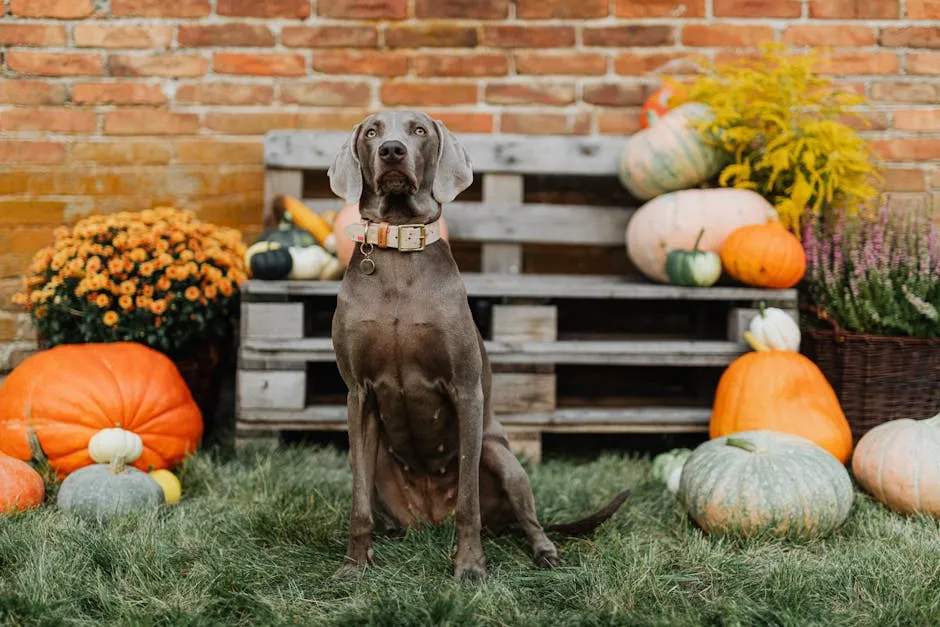
FAQs
Are all hypoallergenic dogs truly allergen-free?
Not even close! The term “hypoallergenic” can be misleading. It suggests that these dogs are free from allergens, but that’s not the case. All dogs produce allergens through their dander, saliva, and urine. So, while some breeds are less likely to trigger allergies, no dog is completely allergen-free.
What steps can I take if I already have a dog and develop allergies?
If your allergies kick in after bringing home a dog, don’t panic! Start by keeping your dog clean with regular baths and grooming to minimize dander. Consider using air purifiers to improve indoor air quality. Designate certain areas of your home as dog-free zones to limit exposure, especially in your bedroom. Regularly wash your dog’s bedding and your own linens to keep allergens at bay. And talk to your allergist about management options, which might include medication or allergy shots.
How do I find a hypoallergenic dog breed that suits my lifestyle?
When searching for the perfect hypoallergenic dog, consider your lifestyle, activity level, and living situation. Do you live in a small apartment or a large house? Are you an active person looking for a running buddy, or do you prefer a laid-back lap dog? Research breeds to find those that match your energy levels and living arrangements. Spend time with different breeds to see how your allergies react before making a commitment.
Can mixed-breed dogs be hypoallergenic?
Absolutely! Mixed-breed dogs, like Goldendoodles or Labradoodles, can inherit hypoallergenic traits from their parent breeds. These hybrids often combine the best qualities of their parents, including lower allergen production. Just remember to check their lineage and spend time with them to gauge your allergic reactions.
Please let us know what you think about our content by leaving a comment down below!
Thank you for reading till here 🙂
All images from Pexels

